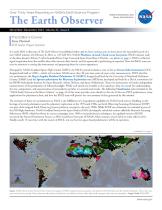- Home
- Missions
- Data
- Communications
- People
- The Earth Observer Newsletter
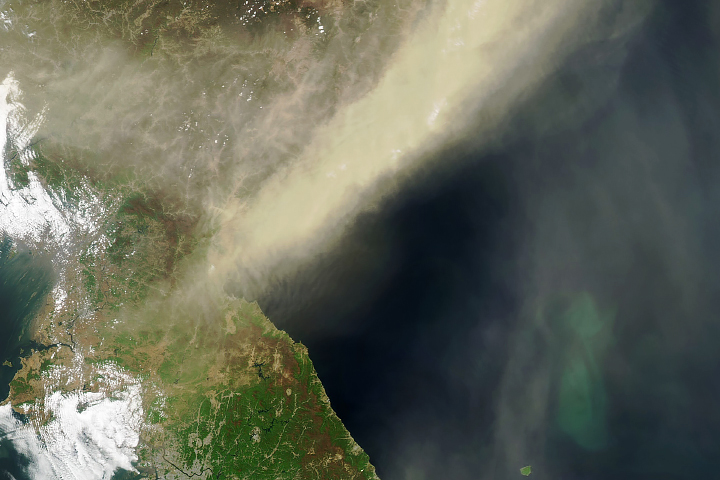
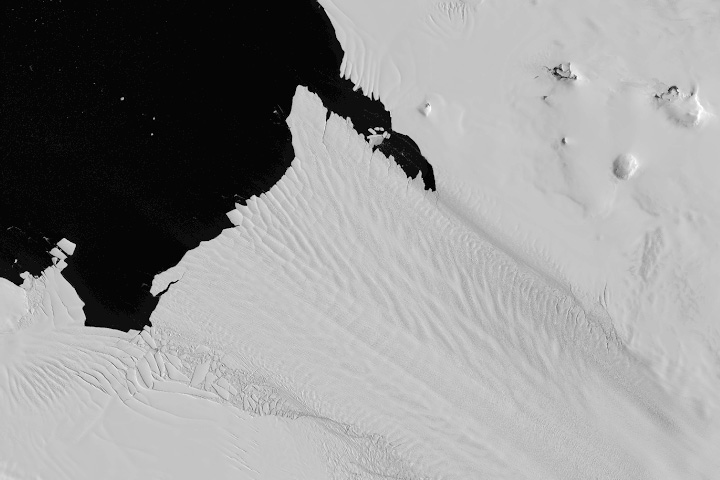
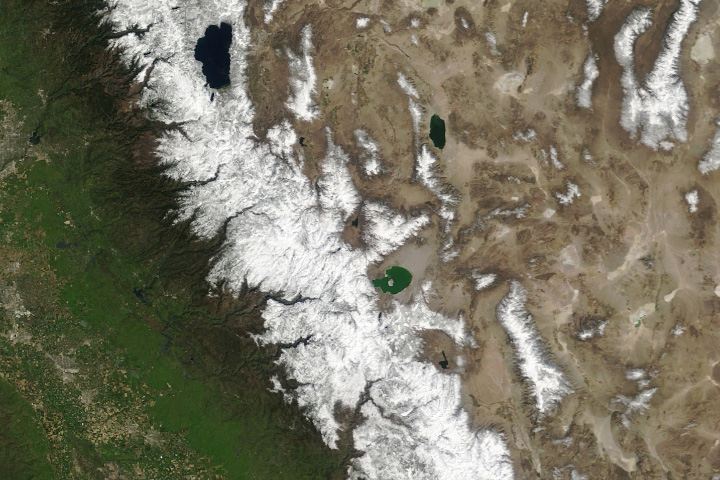
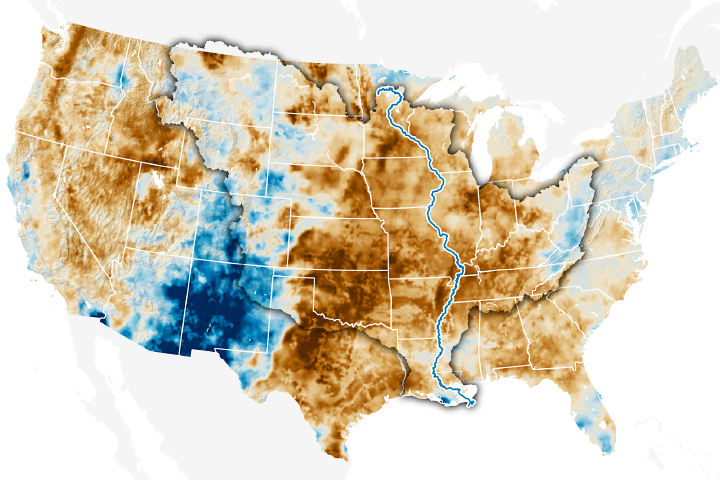
Recent Imagery
You will be directed to the NASA Visible Earth webpage when you select Images by Mission below, or click on the images at right that are randomly generated to represent four out of all possible topics.
You are here
Lenticulars
NASA's Earth Observing System provides a variety of materials available for download. Feel free to choose a category below:
- Brochures
- Postcards
- Posters
- Science Writers’ Guide
- Mission Brochures
- Fact Sheets
- Calendars
- Booklets
- Lithographs
- Reference and Data Products Handbooks
- iBooks
- Activities
 |
Climate Resources lenticular card Our Earth is warming. NASA is committed to empowering scientists, decisionmakers, and people around the world to make data-based decisions when it comes to climate. NASA offers a variety of resources at science.nasa.gov/earth and across its websites. This publication appears in: |
 |
An EPIC View of Earth and the Far Side of the Moon On July 16, 2015, a NASA camera onboard the Deep Space Climate Observatory (DSCOVR) satellite returned a series of images of the entire sunlit side of Earth and the moon from its orbit at the first Lagrange point (L1)—a neutral gravity point between Earth and the sun, which is about 1 million miles (1.5 million kilometers) from Earth. These images from the series, taken by the Earth Polychromatic Imaging Camera (EPIC) between 3:50 PM and 8:45 PM EDT, show the fully illuminated far side of the moon moving over the Pacific Ocean near North America. Also referred to as the “dark side,” this side of the moon is not visible from Earth. The far side lacks the large, dark, basaltic plains, or maria, that are so prominent on the Earth-facing side. The largest far side maria is the Mare Moscoviense [~170 miles (245 kilometers) in diameter] in the upper left quadrant. As the DSCOVR spacecraft slowly orbits around L1 (always viewing the sunlit side of Earth), the area of reflected sunlight near the center of the globe remains stationary, while the moon crosses the face of the Earth’s surface and Earth appears to rotate from left (west) to right (east). The North Pole is in the upper left quadrant of the globe. The primary objective of DSCOVR—a partnership between NASA, the National Oceanic and Atmospheric Administration (NOAA), and the U.S. Air Force—is to maintain the nation’s real-time solar wind monitoring capabilities, which are critical to the accuracy and lead time of space weather alerts and forecasts from NOAA. This is related to the following mission(s): This publication appears in: |
|
|
Earth System Ruler Like the human body, Earth comprises diverse processes and systems that interact with one another in complex ways. The purpose of NASA’s Earth science program is to advance our scientific understanding of Earth as an integrated system and its response to natural and human-induced changes. NASA works with its domestic and international partners to support a large number of Earth-observing satellite and airborne missions to observe and understand our planet on global and regional scales. These missions are able to collect measurements of surface temperature, winds, water vapor, clouds, precipitation, soil moisture, ocean salinity, and other aspects of the environment. While scientists learn a great deal from studying individual phenomena, improved observational capabilities, coupled with process-level and global numerical models increasingly allow them to study component system interactions, leading to unprecedented insight into how Earth functions as one integrated system of systems. This publication appears in: |
